Camera traps: a key tool for proposing measures for the conservation and protection of species.


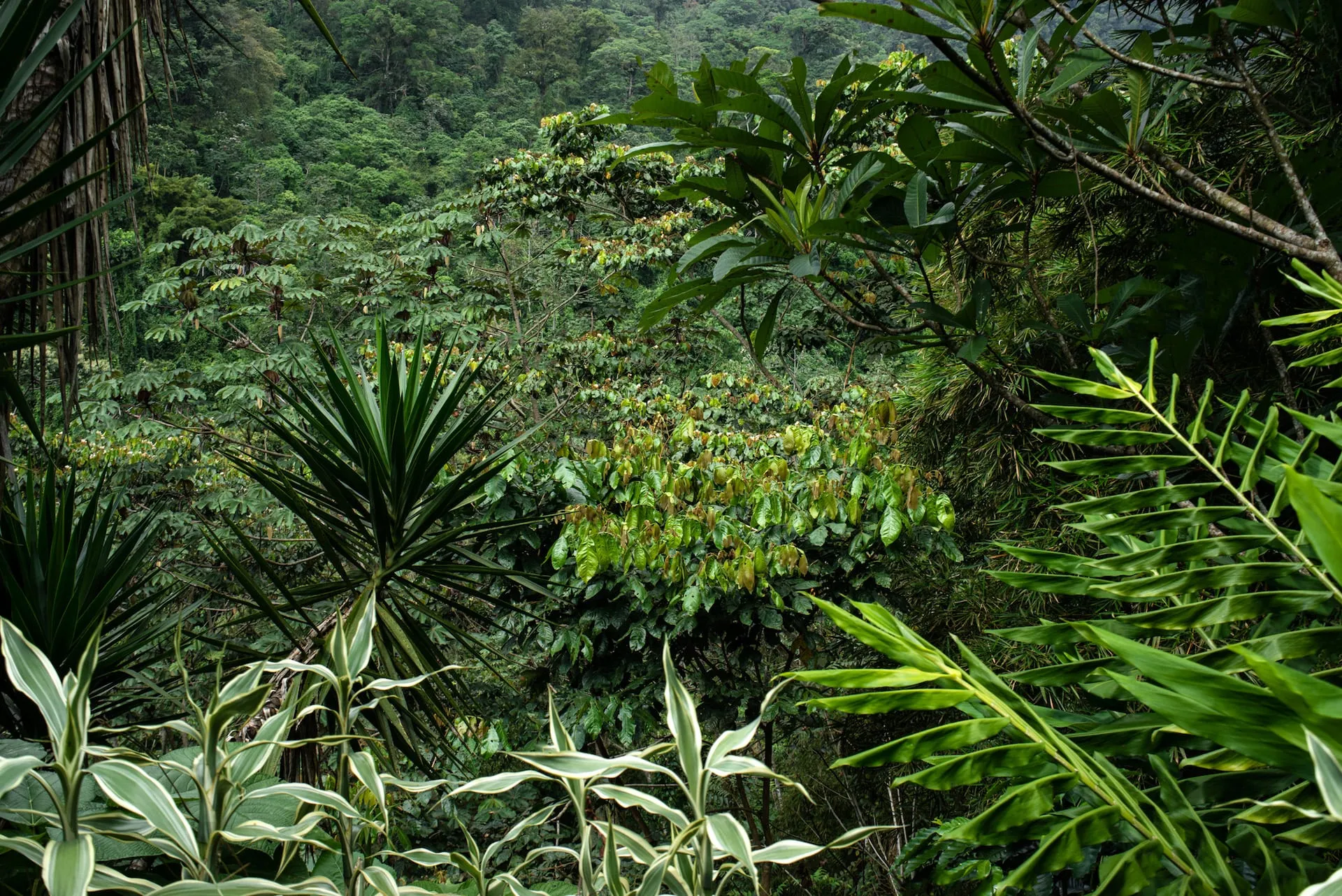
As we already know, trees and plants can capture carbon dioxide, a greenhouse gas, and feed on it to grow.
In our carbon capture projects, it is important that, in addition to measuring these trees to make the proper calculation of carbon capture, a detailed record is made of all the species (plants and animals) that inhabit that specific ecosystem.
At Toroto, we know several ways to monitor wild animals in our project areas. Our favorite tool is the camera-trap because with it we can understand the behavior of many animal species that are commonly elusive to the human eye when capturing their record through images. But the job is not as simple as it seems, you usually have to walk great distances to place the camera traps in difficult terrain and in a discreet way; they have to remain hidden to avoid being stolen or so that the animals do not feel that they are watching them.
In a baseline measurement project for carbon capture in the state of Chiapas, the Toroto team intended to install several camera traps; however, given the complications of the terrain, only one could be installed, but the result was surprising. Who would have imagined that the first image the camera will capture would be that of a beautiful puma?
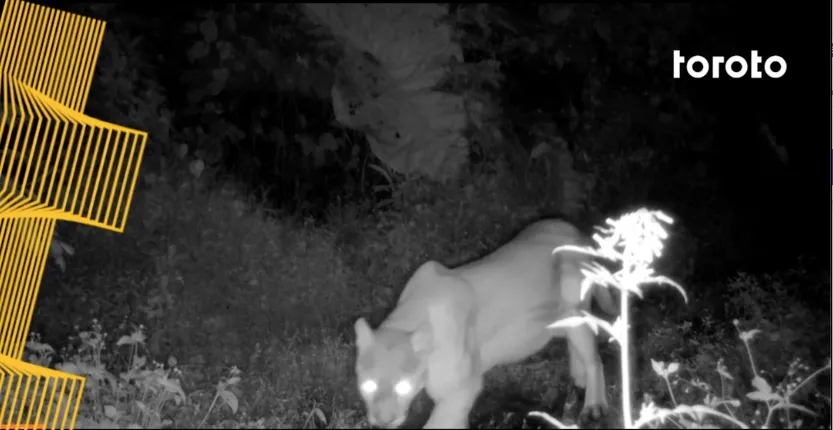
Through the lens of camera traps, you can see groups of large and small species, their mating season, and even their young! you fight over territory or over food, your day and night schedules, your temperature or sex. All this information recorded by the camera traps is very valuable for field scientists because it allows us to know the distribution of these species, the areas where they are found and thus work to propose conservation and protection measures. It also makes it possible to create greater awareness among the inhabitants.
With camera traps, unique, spontaneous, natural and unrepeatable videos and photos are produced. With this tool, the way we see nature has changed. We can protect species that are very rare to find, that are threatened or endangered. The use of camera traps has made it possible to generate a change in the conservation paradigm.
At Toroto, we don't limit ourselves to doing research and monitoring projects in the field, we are also interested in contributing to the preservation of all species in a region.
Below we share with you the technical data sheets of the animals that we have been able to capture using camera traps.
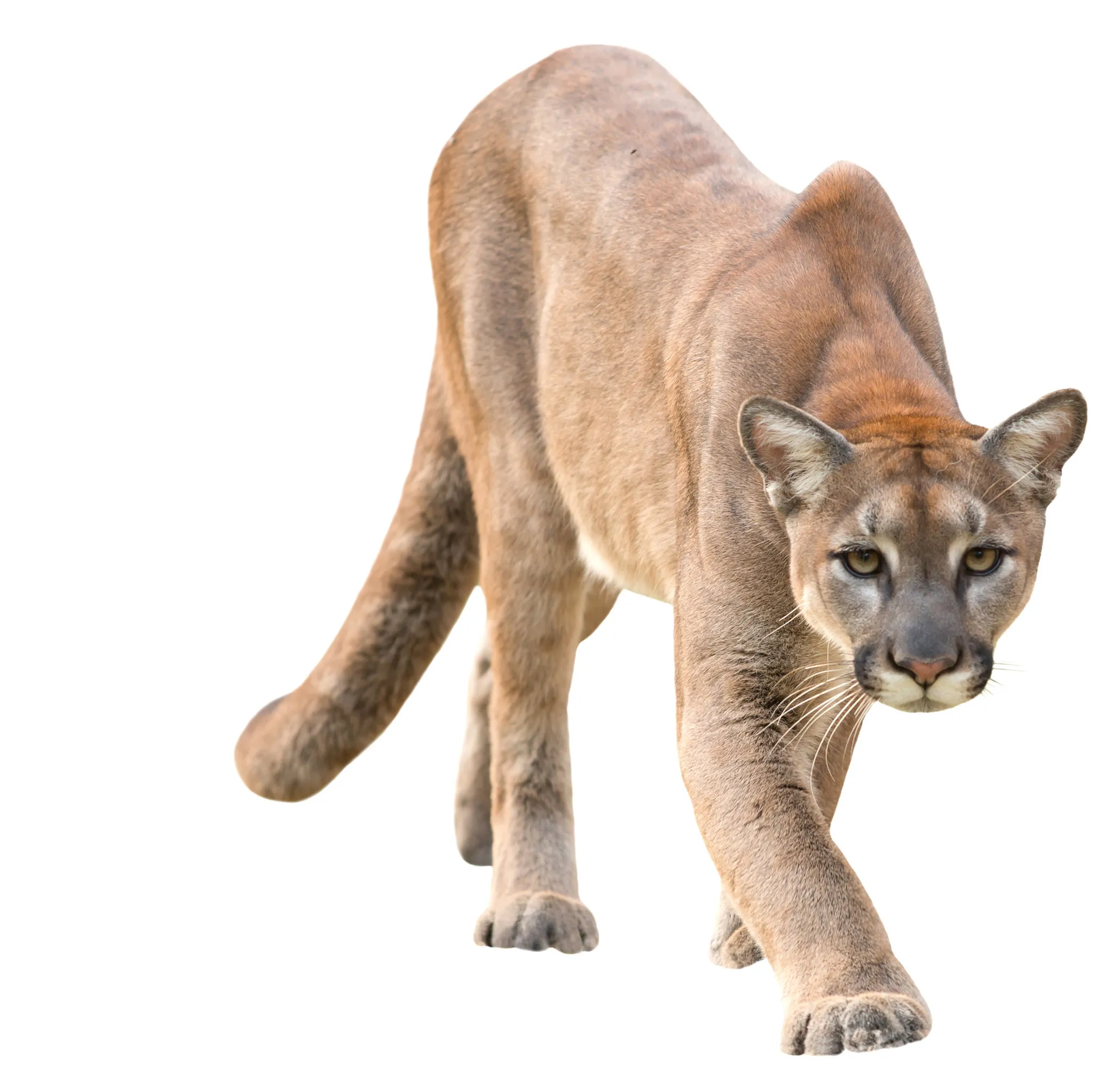
Species: Puma concolor SSP Concolor
Common name: Puma or Mountain Lion
Food Guild: Carnivore
NOM-059-SEMARNAT-2019 Classification: No risk category
IUCN Red List Status: Least concern.
Geographic Location: The potential distribution of puma in the Baja California peninsula, 34% is included in Protected Natural Areas, 13% in Ramsar Sites and 9% in Priority Terrestrial Regions.
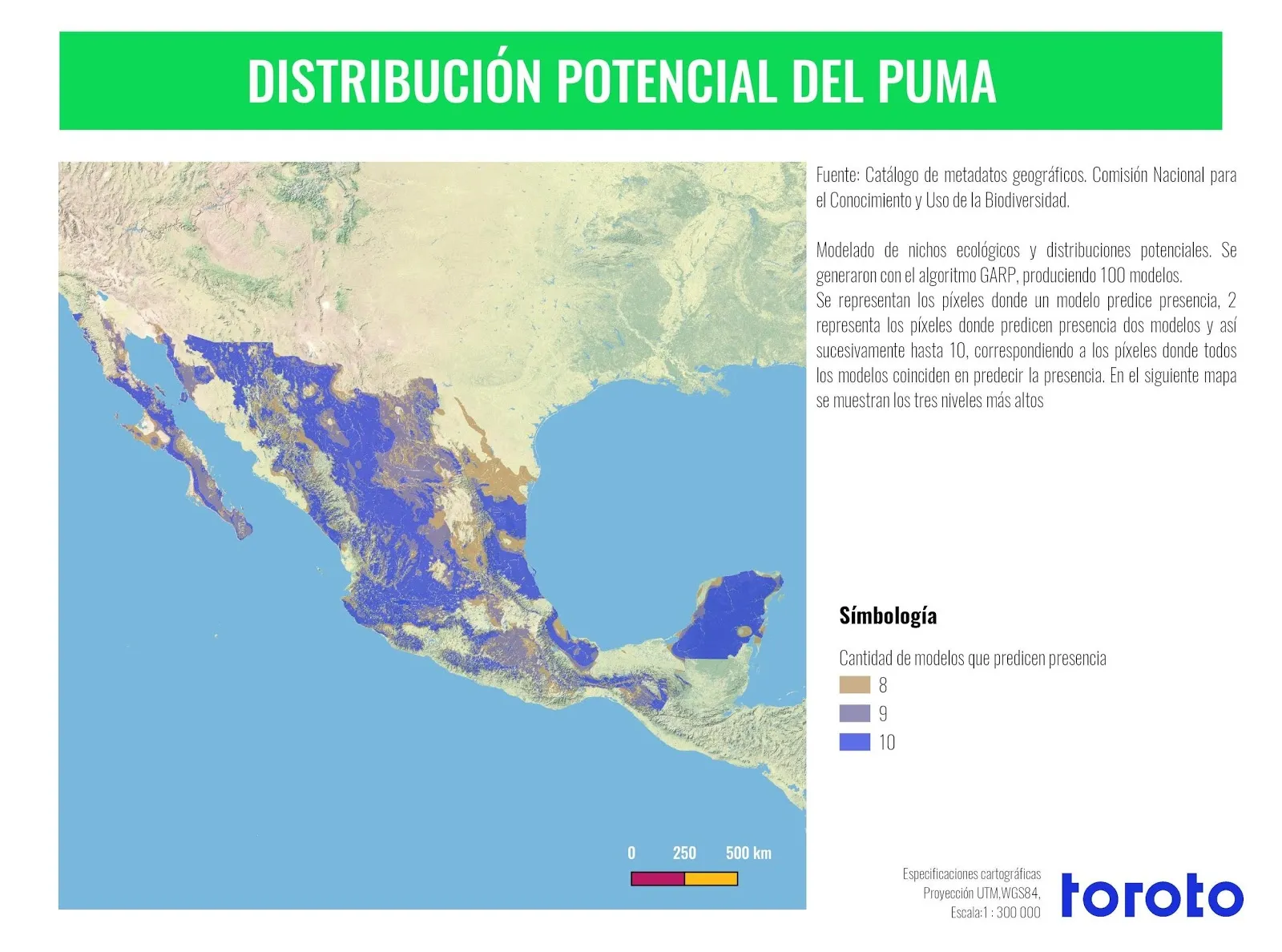
Date of sighting: 12-09-2020
Time of sighting: 04:17:59
Habitat type: Forest, jungle, chaparral, scrub forest, mountain, dune, savanna and meadow.
Vegetation type: It prefers densely vegetated habitat during stalking hours, but can live in open areas.
Ecological role of the species: Pumas are at the top of the food chain and are important predators of the ecosystems in which they live. They are essential for controlling populations of large ungulates (deer, elk and caribou), but also of other terrestrial vertebrates.
Felines are extremely opportunistic hunters and prey on their prey according to their availability and vulnerability. This is why it is not surprising that they devour the cattle or pets they find in abundance and represent a greater chance of successful hunting compared to other wild prey.
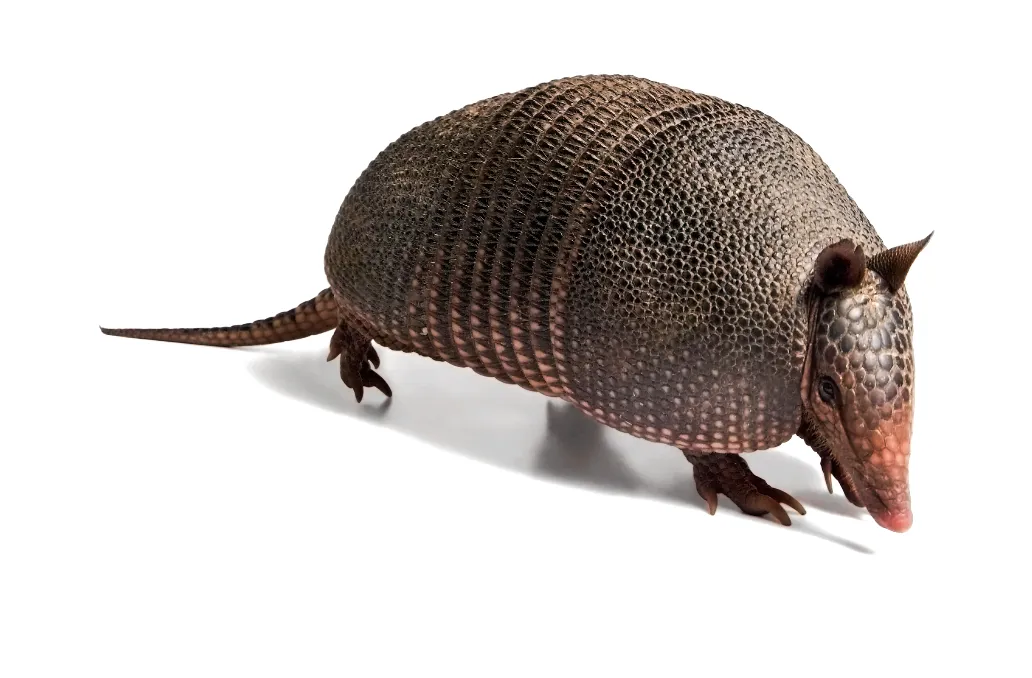
Species: Dasypus novemcinctus
Common name: Armadillo Nine Bands
Food Guild: Their diet is based on tuberous roots, worms, snails, small amphibians and insects, although they prefer termites and ants.
NOM-059-SEMARNAT-2019 Classification: It is not in the list.
IUCN Red List Status: Least concern.
Geographic Location: from the South of the United States to Uruguay and central Argentina. It is the armadillo that has the widest distribution.
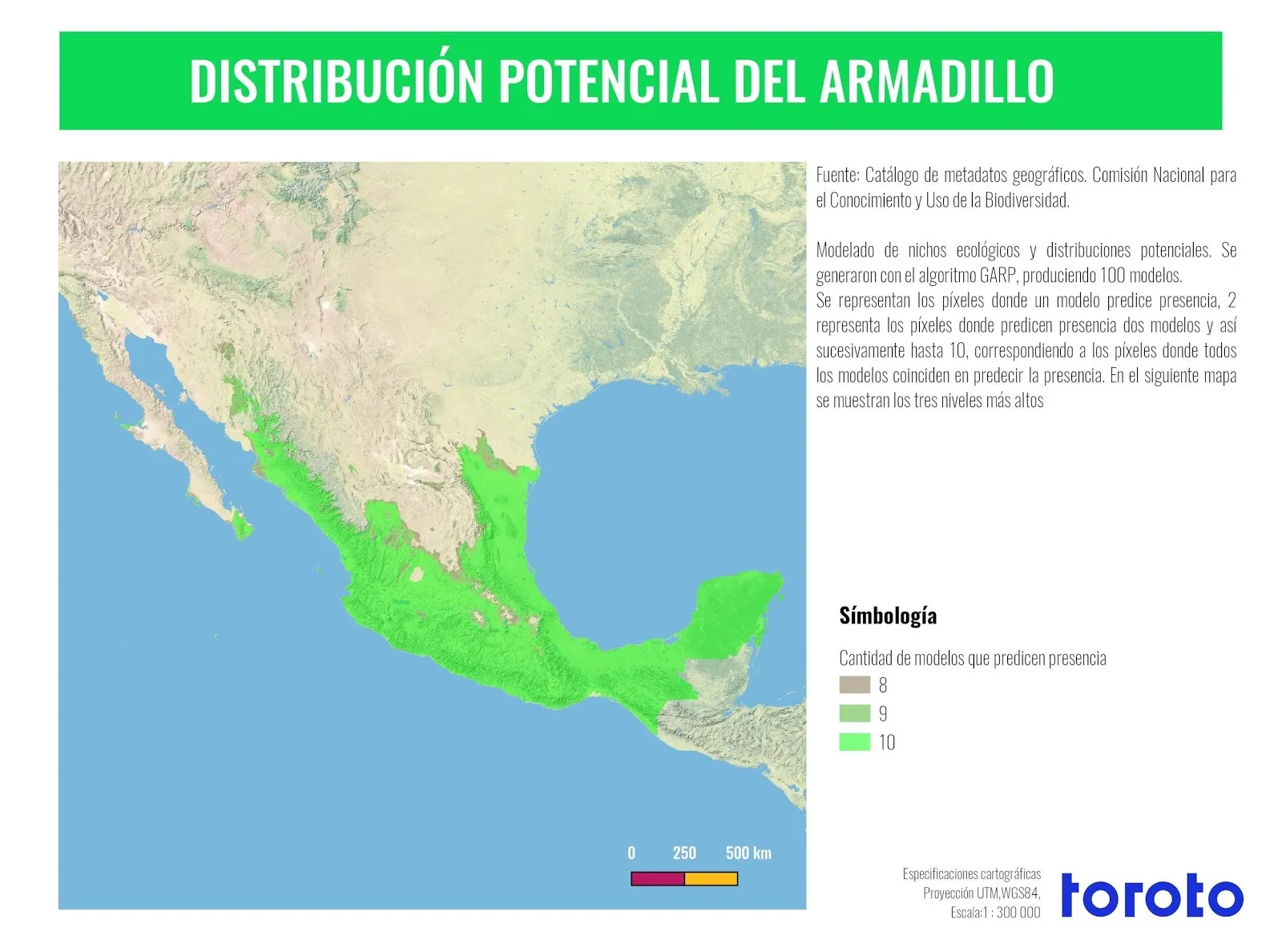
Date of sighting: 12-09-2020
Time of sighting: 21:57:22
Habitat type: It is found in caves, burrows, grasslands, tropical forests and a wide variety of habitats in dry areas, although it appears more common in humid areas. Although they also have a close relationship with areas of agricultural activities and are relatively tolerant to altered areas and secondary vegetation.
Type of vegetation: They are also found in grasslands, xerophilous scrub, thorn forest, coniferous and oak forest, evergreen, sub-deciduous, deciduous and mesophilic mountain forests
Ecological role of the species: Its ecological role in the food web is framed by the control of some invertebrate populations. They are generally solitary, although they are usually seen in groups during mating season or mothers with their young. Its burrows are underground, with nests of leaves and grasses. They use several burrows to escape or as traps to obtain food. The coyote, jaguar, puma, black bear and feral dogs are its natural predators, from which if given the opportunity it can flee quickly or protect itself by curling up in their shell.
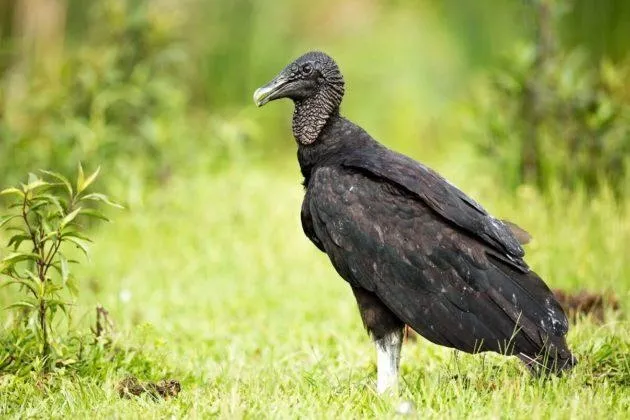
Species: Coragys atratus
Common name: Common vulture
Food Guild: The species is a scavenger; in areas populated by humans, it rummages through garbage dumps, eats eggs and decaying plant material, and can kill or injure newborn or incapacitated mammals.
NOM-059-SEMARNAT-2019 Classification: It is not in the list.
IUCN Red List Status: Least concern.
Geographic Location: It is distributed in Nearctic and Neotropics. The territory where it can be found includes the United States, Mexico, Central America and most of South America, up to the Aysén Region in Chile.
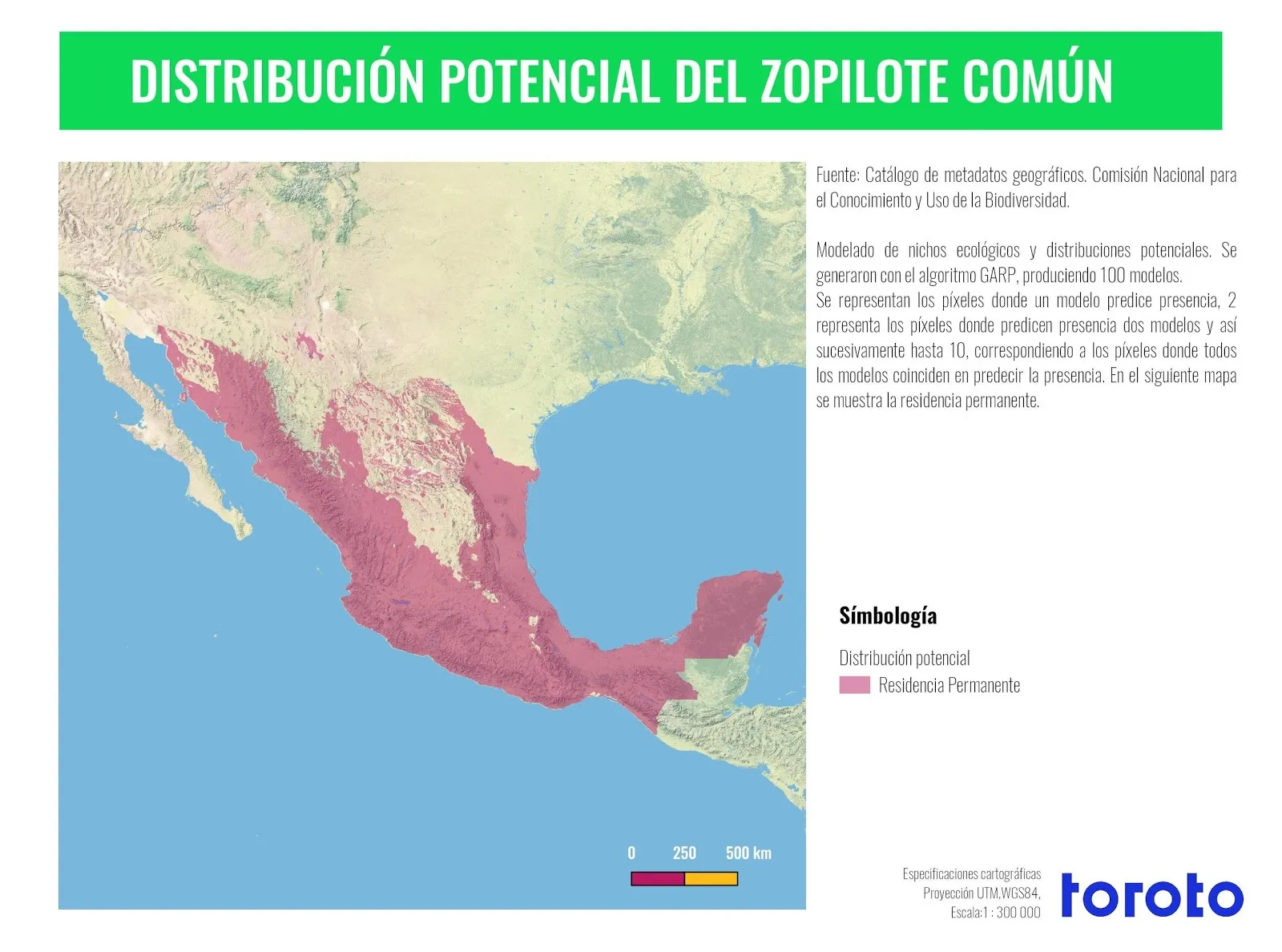
Date of sighting: 12-07-2020
Time of sighting: 12:58:37
Habitat type: It inhabits relatively open areas that provide it with isolated forests and land with shrubs. In addition, it is found in moist lowland forests, in shrub forests in grasslands, swamps and wetlands, and old degraded forests. It prefers lowlands and is rarely seen in mountainous areas. It is usually seen gliding or perched on poles or dead trees.
Type of vegetation: It can also be found on Caribbean islands, although this bird prefers open lands interspersed with areas with forests or shrubs.
Ecological role of the species: They play an important role in the ecosystem by eliminating carrion that would otherwise be fertile ground for diseases. The American black vulture also occasionally feeds on cattle, prey captured by other large species, deer. It is the only vulture species in the new world that hunts this type of prey.
Explore reflections, research and field learning from our work in ecosystem restoration.